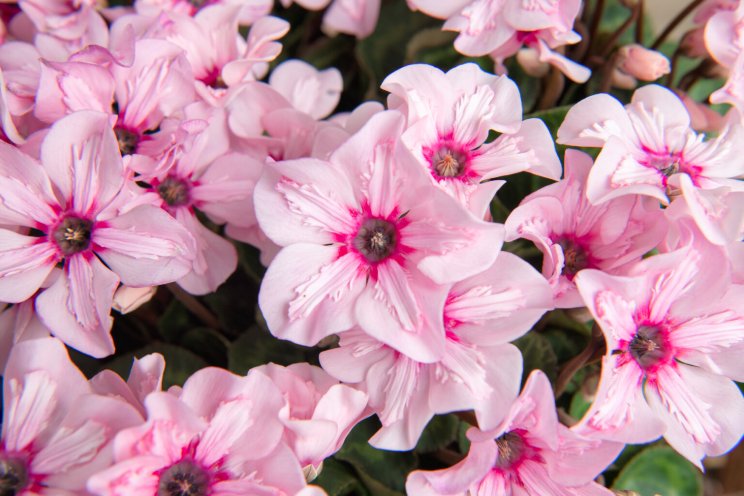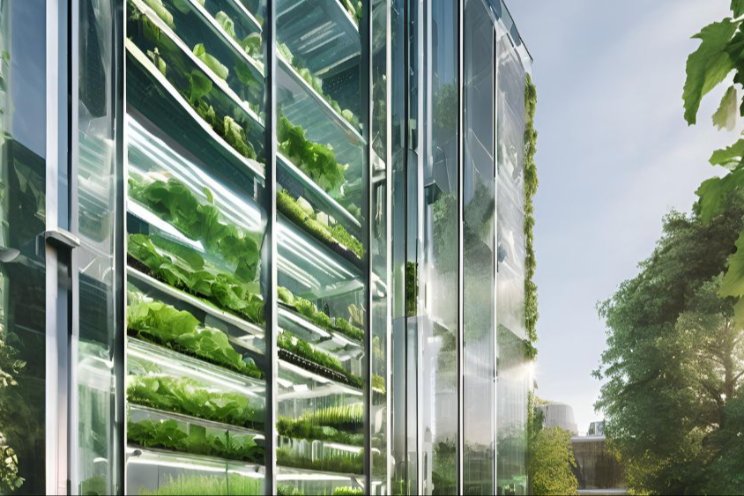This Dutch tomato farm might just solve the global food crisis
Added on 12 May 2022

If the idea of a tomato farm occasions images of sun-kissed fields in Mexico or Italy, these steel-and-glass fortresses might be a disappointment. But inside, using hydroponic techniques - without soil - they are able to produce 20 times as many tomatoes per square metre as a field in Spain. This is what peak tomato looks like, and what's taking place within these walls may help determine the future of agriculture.
I am greeted by Roos Zurel, the company's head of communications, who has made it clear by email that they take their tomatoes seriously. Biosecurity is tight. Disease here could devastate a harvest and a new virus, tomato brown rugose fruit virus, has been spreading across Europe over the past couple of years. We switch into white disposable suits, secure our phones in small plastic bags and disinfect our shoes, then step inside.
Imagine a grand university library, where instead of books there are bunches of vine tomatoes, at various stages of ripeness, and you may get a sense of it. The air is thick with the smell of tomatoes and the sound of bumblebees, employed as pollinators. A long corridor bisects the greenhouse, with hundreds of rows of plants stretching off on either side, stretching to about 10ft high. By the end of the season, these plants will be 12 metres (39ft) tall, their stalks pulled ever upwards to allow the fruit at the bottom to ripen and mature.
In this greenhouse, which relies on sunlight, April is harvest season. (At the greenhouse next door, which relies on LED, the picking starts in autumn.) Pickers - a mixture of Dutch and other Europeans - make their way cheerfully down the tomato aisles, examining the fruits for redness, firmness and signs of illness, snipping them or leaving them accordingly.
One, Mariens, a student in her 20s, says she has been doing this for three years while she finishes a degree. She shows me how she identifies tomatoes that are ready. To the untrained eye, they all look comparably tomato-ish. Within 48 hours, some of these fruits will be packaged on site, shipped out and available in a Sainsbury's - to which Duijvestijn sends roughly a quarter of its product, less since Brexit - near you.
Photo created by azerbaijan_stockers - www.freepik.com
Source: Agritech Future
More news















